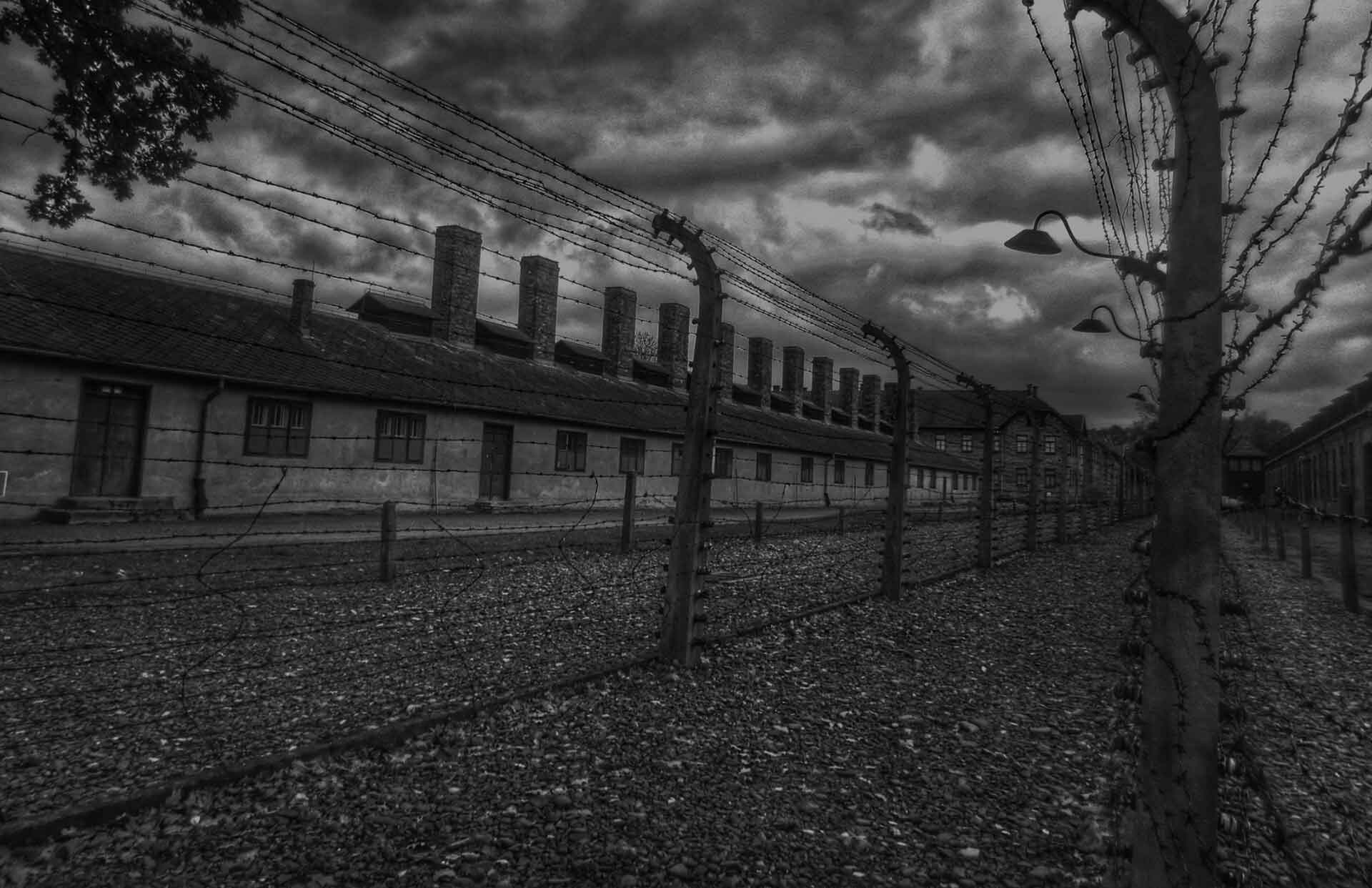The major concentration camps within the German Reich became significant economic enterprises during the war as their purposes shifted from correction of behavior to exploitation of labor. After establishing the German Earth and Stone Works in 1938, the SS erected several new concentration camps near quarries, while brickworks and other factories were attached to existing German camps. Technologically primitive, these operations relied heavily on the manual labor of large numbers of camp inmates working in inhuman conditions.
Homosexuals in these camps were almost always assigned to the worst and often most dangerous work. Usually attached to "punishment companies," they generally worked longer hours with fewer breaks, and often on reduced rations. The quarries and brickyards claimed many lives, not only from exertion but also at the hands of SS guards who deliberately caused "accidents." After 1942, the SS, in agreement with the Ministry of Justice, embarked on an explicit program of "extermination through work" to destroy Germany's imprisoned "habitual criminals." Some 15,000 prisoners, including homosexuals, were sent from prisons to camps, where nearly all perished within months.
A question concerns the place gay men should occupy in the list of victims. It has become politically correct nowadays to delineate the victims of the Nazis as being Jews, Gypsies, leftists, resistance fighters, Eastern-Europeans, Jehovah-witnesses, the insane, and the homosexuals. But as 17.000 POW from the Soviet-Union were murdered in one single year in Sachsenhausen, the destiny of perhaps 5.000 murdered gay men seems to be minor. But "the suffering is not less when the number of dead people is smaller" (Heinrich Böll Foundation, 137). And "it is absurd to measure in numbers the suffering done to humans." (id, 100).
There is no doubt any longer that gay men were persecuted harshly by the Nazis. There is no doubt that among all the victims gay men have a real and special, even though a minor place. One difference between gay and most other groups is that gay men were prosecuted in nearly all Western states at that point in time, perhaps less cruelly and systematically than by the Nazis, but nonetheless they had to face prison, castration, therapies, ostracism, and other forms of social and personal discrimination everywhere.
The Protestant Church of Austria had claimed 220.000 murdered homosexuals.A difficult (and painful) "Coming out"
Josef Kohout, was prisoner No. 1896, Block 6, at the Flossenburg concentration camp in Bavaria, near the Czech border. At the age of 24, he was arrested in Vienna as a homosexual outlaw after the Gestapo obtained a photograph he had inscribed to another young man pledging "eternal love." Liberated six years later by American troops, Mr. Kohout returned to Vienna, where he died in 1994. Among his personal effects was a fragile strip of cloth, two inches long and less than an inch wide, with the numbers 1 8 9 6 on the right and a pink triangle on the left. It is the only one known to have been worn by a prisoner who can be identified.
Mr. Kohout is not the only homosexual victim of Nazism whose presence is being felt. Gradually, at the twilight of their lives, a handful of survivors are stepping forward to press gingerly their own claims for recognition, having all but given up hope for restitution.
"The world we hoped for did not transpire," said a declaration signed earlier this year by eight survivors now living in Germany, France, Poland and the Netherlands. They called for the memorializing and documenting of Nazi atrocities against homosexuals and others.
They pleaded for "the moral support of the public."
The signers included Kurt von Ruffin, now 93, a popular actor and opera singer in Berlin during the 1930's who was sent to the Lichtenburg camp in Prettin, and Friedrich-Paul von Groszheim, 89, who was arrested, released, rearrested, tortured, castrated, released, rearrested and imprisoned in the Neuengamme camp at Lubeck.


